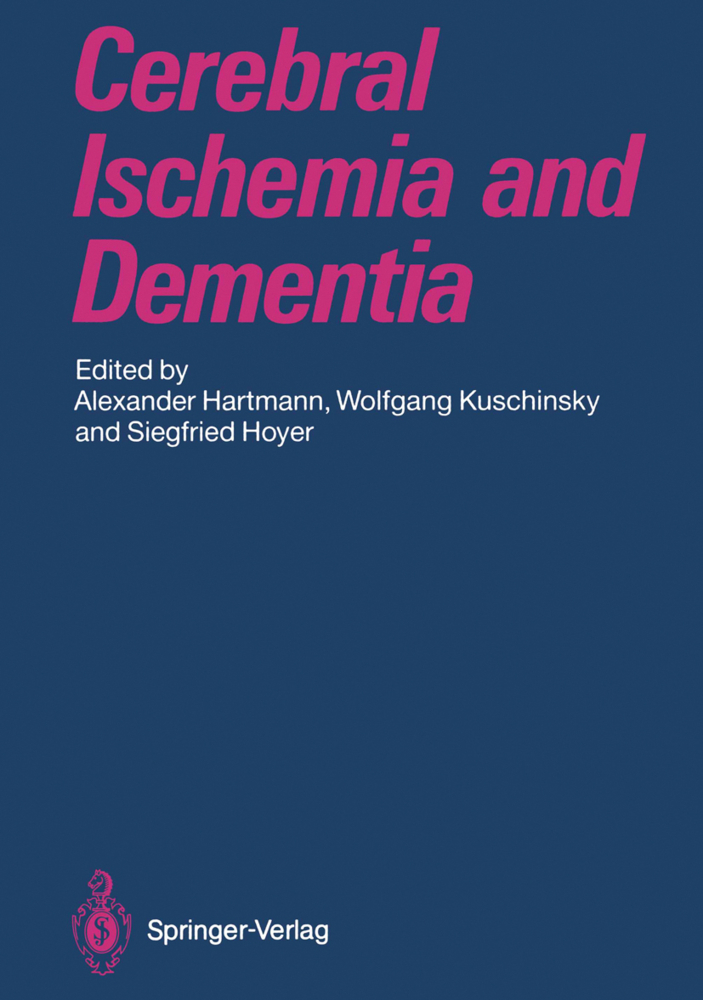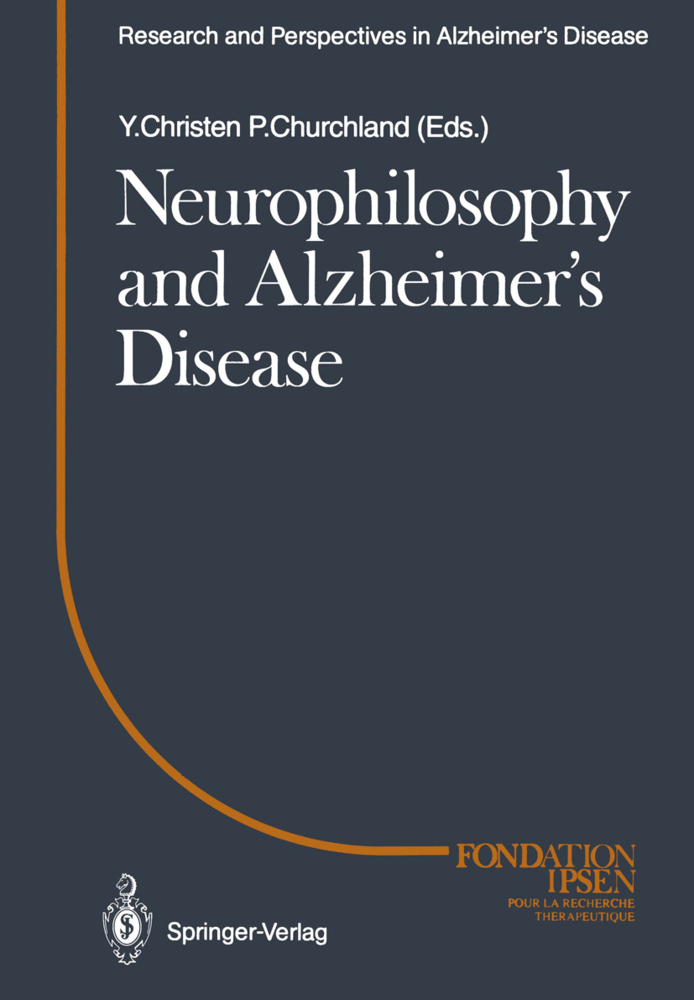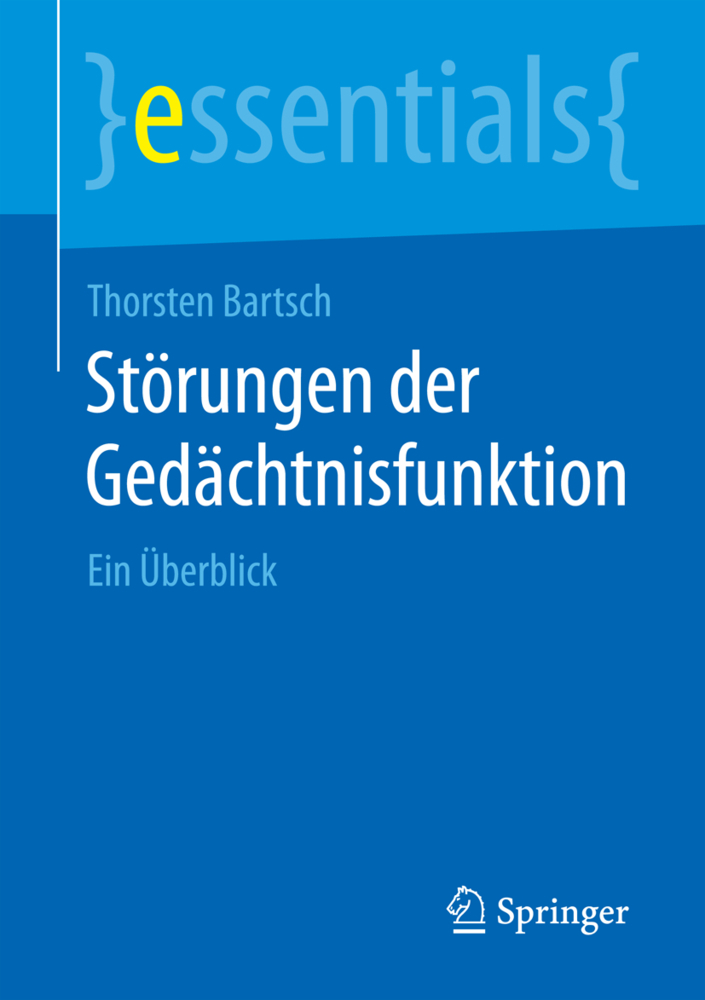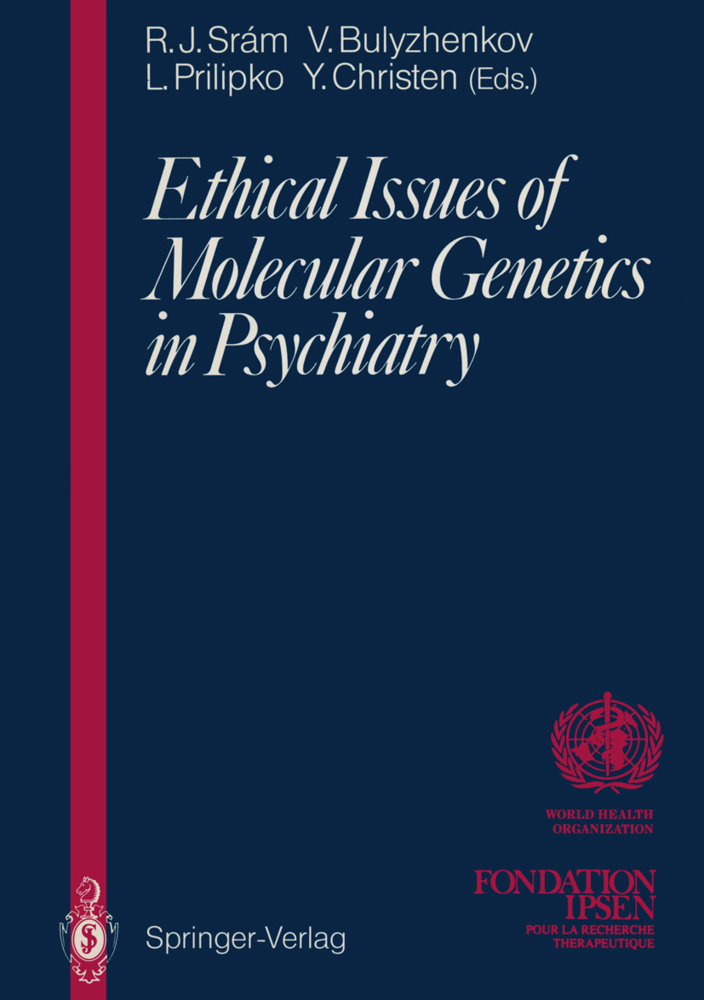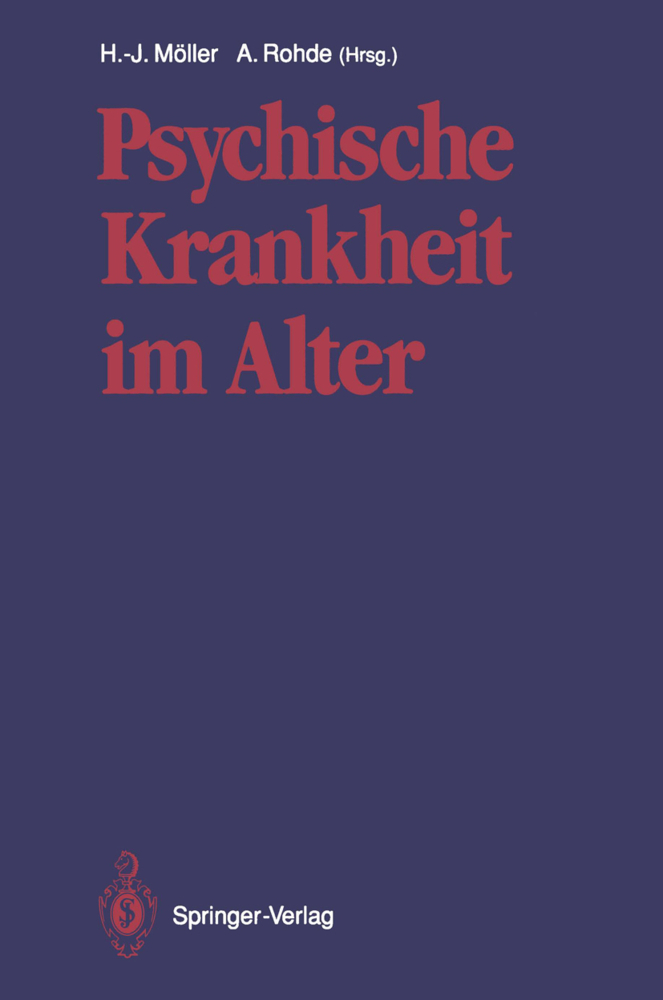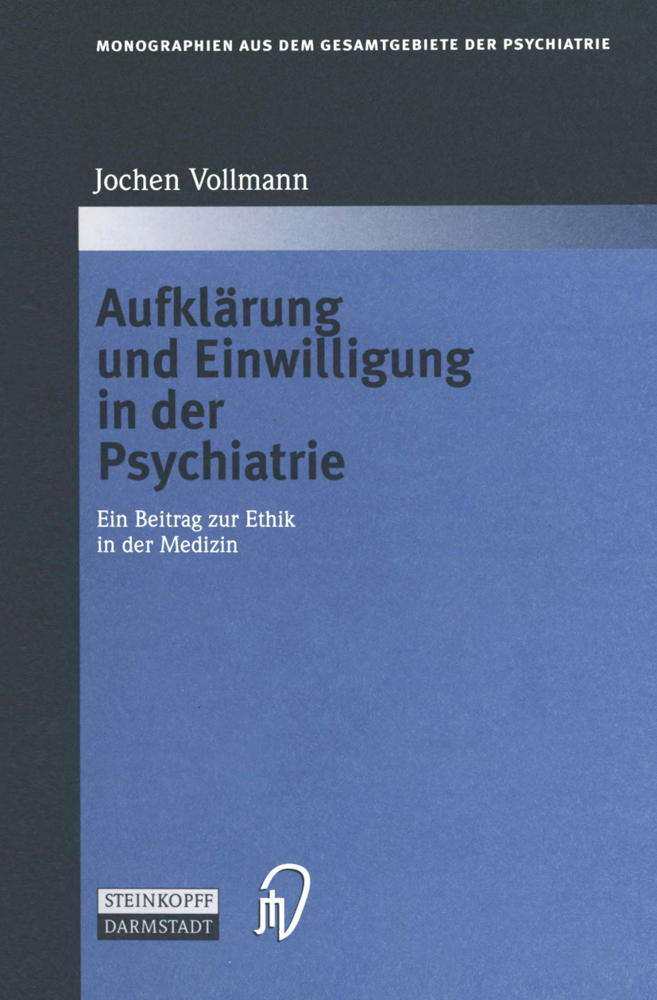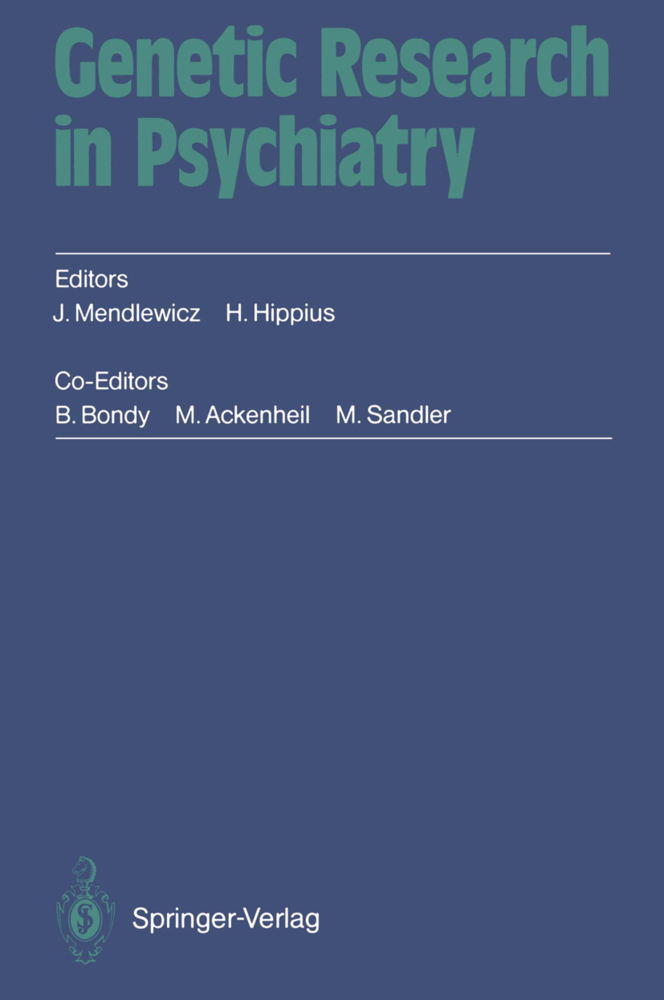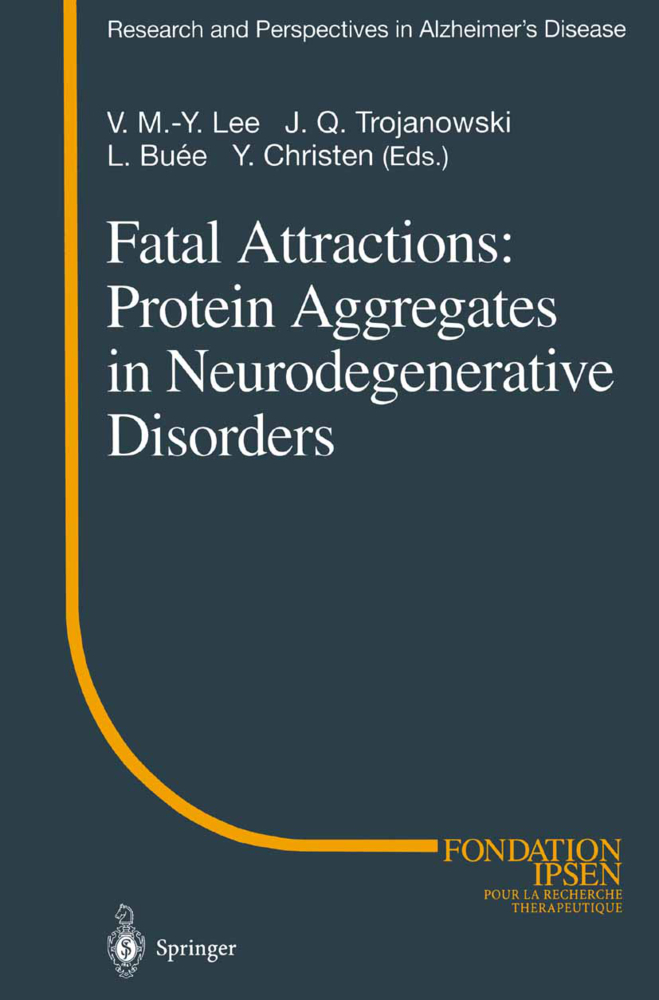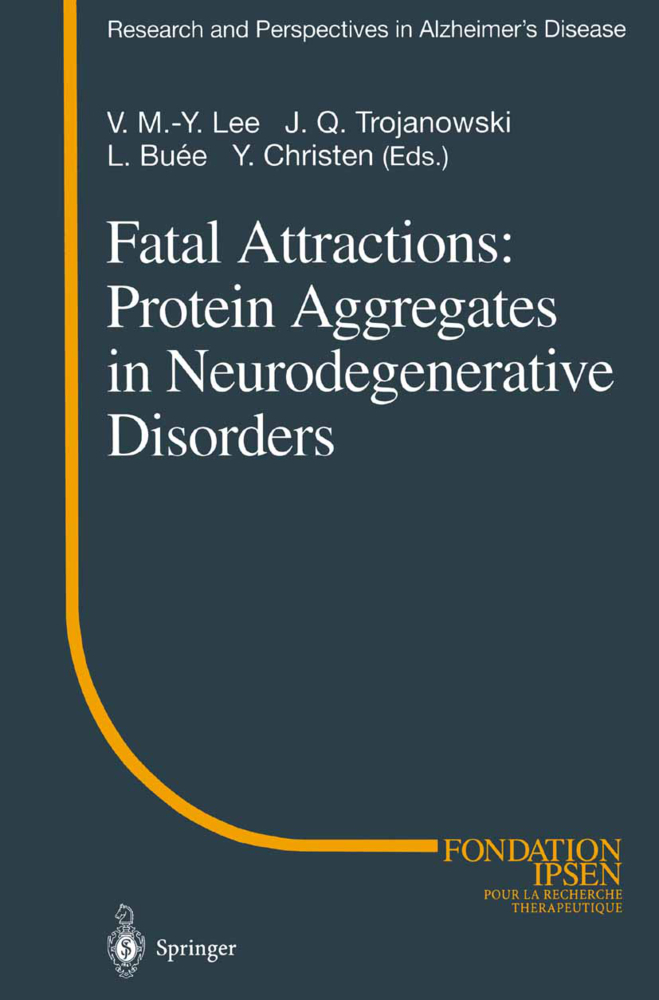Cerebral Ischemia and Dementia
Cerebral Ischemia and Dementia
In contrast to dementia of the Alzheimer type, the subject of dementia subsequent to cerebral ischemia has been discussed rather rarely. Now this book provides a summary of the brain morphology, neurochemistry and clinical aspects of dementia subsequent to cerebral ischemia. The contributions discuss the similarities and differences between the two predominant dementia types. The broad range of aspects cover 1) the morphology and morphobiology of brain tissue during aging and under the two pathological condi- tions, 2) the neuropathochemistry of post mortem brain tissue of patients as well as brain tissue from experimental animals, 3) CSF changes during aging and in dementia states and 4) clinical research, mainly using brain imaging tech- niques to differentiate between dementia types and to find a basis for rational therapeutic approaches.
The Epidemiology of Vascular Dementia
Epidemiology of Vascular Dementia and Stroke in Akita, Japan
Dementia in Stroke Survivors
Pathology
The Anatomical Substrate of Ischemic Vascular Dementia
Vascular Dementia: The Search for a Correlate
Incomplete Infarction Is an Important Component in Cerebrovascular Dementia
Risk Factors
Molecular Biology of Atherothrombotic Brain Infarction and Its Role in Vascular Dementia
Cellular Aspects of Atherosclerosis and Approaches to Intervention: A Mechanism to Reduce Stroke and Vascular Dementia Risk
Inhibition of Atherogenesis In Vivo and In Vitro
Biochemistry and Pharmacology
Alzheimer's Disease: Role of Energy Metabolism and Treatment of Symptoms
Neurochemical Changes in Brains from Patients with Vascular Dementia
Subcortical Changes Following Ischaemic and Other Lesions of Cerebral Cortical Structures: Trophic Mechanisms and Neuronal Degeneration
Experimental
Selective Vulnerability of the CA1 Sector in the Gerbil After 5 Minutes of Global Ischemia: Relationship to Disturbances in Protein Synthesis and to Motor Hyperactivity
Energy Metabolism in Cortex and Hippocampus During Aging, Ischemia, and Dementia
Mechanisms of Glial Swelling from Lactacidosis and High K+-Levels in the Extracellular Compartment
Potential Mechanisms Underlying Protection Against Cerebral Ischemia by Spontaneous Locomotion in Mongolian Gerbils
Glutamate: A Role in Both Cerebral Ischaemia and Dementia of the Alzheimer Type
Sabeluzole Enhances Spontaneous EEG Activity and SSEP, and Accelerates Their Posthypoxic Recovery in Rat
Experimental
Linkage Analysis in Italian Pedigrees with Autosomal Dominant Familial Alzheimer's Disease
RBC AggregationIs Not a Primary Factor for Microvascular Stasis on Temporary Complete Ischemia of the Feline Brain
White Blood Cell Behavior in the Cerebral Microcirculation
Improved Learning with N-Methyl-D-aspartate Receptor Antagonist After Global Cerebral Ischemia
Electrophysiological Markers of the Early Stages of Alzheimer's Disease
Diagnostics
Neuropsychology
Neuropsychological Assessment of Demented Patients
Multiinfarct and Microinfarct Dementia
Acute Aphasia
Computerized Tomography, Magnetic Resonance Tomography
Cerebral Hemodynamics in Patients with Periventricular White-Matter Lesions on Brain Imaging
The Relation of Stroke to Leukoaraiosis
Computed Tomographic Evaluation of the Cervical Carotid Artery
Magnetic Resonance Imaging and Spectroscopy: A Unique Approach to Ischemic Cerebrovascular Disease
Imaging Techniques and Neuropsychological Testing in Dementia with Severe White Matter Changes
Stable Xenon Computerized Tomography
Cerebral Ischemia Correlates Better with Cognitive Impairments in Mild to Moderate Multi-Infarct Dementia than Infarcted Brain Volume
Regional Cerebral Blood Flow in Binswanger's Disease
Xenon 133-Cerebrography and SPECT
Cognitive Utilization of Cerebral Vasomotor Reserve in Cerebrovascular Disease
Tomographic Measurements of Regional Cerebral Blood Flow by SPECT in Vascular Dementia
Contribution of HM-PAO-SPECT and 133Xe-rCBF to the Differential Diagnosis of Dementia as Experienced in Clinical Practice
Intracerebral Reserve Assessment with SPECT: Reactivity to Acetazolamide and Cerebral Blood Volume Measurement
SPÉCT Brain Imaging in Chronic Stroke and Dementia: A Comparison of 99mTc-ECD and 99mTc-HMPAO
CSF ?1-Antichymotrypsin and Antitrypsin in Multi-Infarct Dementia and Alzheimer'sDisease
Positron Emission Tomography
Functional Recovery After Cerebral Ischemia: Studies in the Motor System
Detection of Structural and Metabolic Changes of the Brain in Normal Aging and Dementia with Modern Imaging Techniques
Subcortical Lesions and Dementia: The Role of Positron Emission Tomography
PET Metabolic and Neuropsychological Correlates of Periventricular Lucencies
Clinical Presentation
Accuracy of the Antemortem Diagnosis and Neuropathological Features of Multi-Infarct Dementia
Development and Evaluation of the Maudsley Mentation Scale for Bedside Measurement of Fluctuations in Cognitive Function in Patients with Acute Vascular Lesions: Comparison with the Glasgow Coma Scale
Acute Confusional States After Stroke: Occurrence, Determinants, and Neuroendocrine Correlates
The Prognosis of Stroke in the Elderly
Thalamic Dementia and Pseudodementia
Therapy
Positron Emission Tomography in Cerebrovascular Disease: Implications for Therapy?
A Clinical Trial of Pentoxifylline in Vascular Dementia
Rheological Therapy of Vascular Dementia: A Rational Basis?
Monosialoganglioside in Subarachnoid Hemorrhage
GM1 Ganglioside Therapy in Acute Ischemic Stroke
Communicating Hydrocephalus - Diagnosis and Management
Assessment of CSF Volume in Normal Subjects and Patients with Dementia Due to Normal Pressure Hydrocephalus.
How Does Cerebrovascular Disease Cause Dementia?
EpidemiologyThe Epidemiology of Vascular Dementia
Epidemiology of Vascular Dementia and Stroke in Akita, Japan
Dementia in Stroke Survivors
Pathology
The Anatomical Substrate of Ischemic Vascular Dementia
Vascular Dementia: The Search for a Correlate
Incomplete Infarction Is an Important Component in Cerebrovascular Dementia
Risk Factors
Molecular Biology of Atherothrombotic Brain Infarction and Its Role in Vascular Dementia
Cellular Aspects of Atherosclerosis and Approaches to Intervention: A Mechanism to Reduce Stroke and Vascular Dementia Risk
Inhibition of Atherogenesis In Vivo and In Vitro
Biochemistry and Pharmacology
Alzheimer's Disease: Role of Energy Metabolism and Treatment of Symptoms
Neurochemical Changes in Brains from Patients with Vascular Dementia
Subcortical Changes Following Ischaemic and Other Lesions of Cerebral Cortical Structures: Trophic Mechanisms and Neuronal Degeneration
Experimental
Selective Vulnerability of the CA1 Sector in the Gerbil After 5 Minutes of Global Ischemia: Relationship to Disturbances in Protein Synthesis and to Motor Hyperactivity
Energy Metabolism in Cortex and Hippocampus During Aging, Ischemia, and Dementia
Mechanisms of Glial Swelling from Lactacidosis and High K+-Levels in the Extracellular Compartment
Potential Mechanisms Underlying Protection Against Cerebral Ischemia by Spontaneous Locomotion in Mongolian Gerbils
Glutamate: A Role in Both Cerebral Ischaemia and Dementia of the Alzheimer Type
Sabeluzole Enhances Spontaneous EEG Activity and SSEP, and Accelerates Their Posthypoxic Recovery in Rat
Experimental
Linkage Analysis in Italian Pedigrees with Autosomal Dominant Familial Alzheimer's Disease
RBC AggregationIs Not a Primary Factor for Microvascular Stasis on Temporary Complete Ischemia of the Feline Brain
White Blood Cell Behavior in the Cerebral Microcirculation
Improved Learning with N-Methyl-D-aspartate Receptor Antagonist After Global Cerebral Ischemia
Electrophysiological Markers of the Early Stages of Alzheimer's Disease
Diagnostics
Neuropsychology
Neuropsychological Assessment of Demented Patients
Multiinfarct and Microinfarct Dementia
Acute Aphasia
Computerized Tomography, Magnetic Resonance Tomography
Cerebral Hemodynamics in Patients with Periventricular White-Matter Lesions on Brain Imaging
The Relation of Stroke to Leukoaraiosis
Computed Tomographic Evaluation of the Cervical Carotid Artery
Magnetic Resonance Imaging and Spectroscopy: A Unique Approach to Ischemic Cerebrovascular Disease
Imaging Techniques and Neuropsychological Testing in Dementia with Severe White Matter Changes
Stable Xenon Computerized Tomography
Cerebral Ischemia Correlates Better with Cognitive Impairments in Mild to Moderate Multi-Infarct Dementia than Infarcted Brain Volume
Regional Cerebral Blood Flow in Binswanger's Disease
Xenon 133-Cerebrography and SPECT
Cognitive Utilization of Cerebral Vasomotor Reserve in Cerebrovascular Disease
Tomographic Measurements of Regional Cerebral Blood Flow by SPECT in Vascular Dementia
Contribution of HM-PAO-SPECT and 133Xe-rCBF to the Differential Diagnosis of Dementia as Experienced in Clinical Practice
Intracerebral Reserve Assessment with SPECT: Reactivity to Acetazolamide and Cerebral Blood Volume Measurement
SPÉCT Brain Imaging in Chronic Stroke and Dementia: A Comparison of 99mTc-ECD and 99mTc-HMPAO
CSF ?1-Antichymotrypsin and Antitrypsin in Multi-Infarct Dementia and Alzheimer'sDisease
Positron Emission Tomography
Functional Recovery After Cerebral Ischemia: Studies in the Motor System
Detection of Structural and Metabolic Changes of the Brain in Normal Aging and Dementia with Modern Imaging Techniques
Subcortical Lesions and Dementia: The Role of Positron Emission Tomography
PET Metabolic and Neuropsychological Correlates of Periventricular Lucencies
Clinical Presentation
Accuracy of the Antemortem Diagnosis and Neuropathological Features of Multi-Infarct Dementia
Development and Evaluation of the Maudsley Mentation Scale for Bedside Measurement of Fluctuations in Cognitive Function in Patients with Acute Vascular Lesions: Comparison with the Glasgow Coma Scale
Acute Confusional States After Stroke: Occurrence, Determinants, and Neuroendocrine Correlates
The Prognosis of Stroke in the Elderly
Thalamic Dementia and Pseudodementia
Therapy
Positron Emission Tomography in Cerebrovascular Disease: Implications for Therapy?
A Clinical Trial of Pentoxifylline in Vascular Dementia
Rheological Therapy of Vascular Dementia: A Rational Basis?
Monosialoganglioside in Subarachnoid Hemorrhage
GM1 Ganglioside Therapy in Acute Ischemic Stroke
Communicating Hydrocephalus - Diagnosis and Management
Assessment of CSF Volume in Normal Subjects and Patients with Dementia Due to Normal Pressure Hydrocephalus.
Hartmann, Alexander
Kuschinsky, Wolfgang
Hoyer, Siegfried
| ISBN | 9783642762109 |
|---|---|
| Artikelnummer | 9783642762109 |
| Medientyp | Buch |
| Auflage | Softcover reprint of the original 1st ed. 1991 |
| Copyrightjahr | 2012 |
| Verlag | Springer, Berlin |
| Umfang | 472 Seiten |
| Abbildungen | XV, 472 p. |
| Sprache | Englisch |

